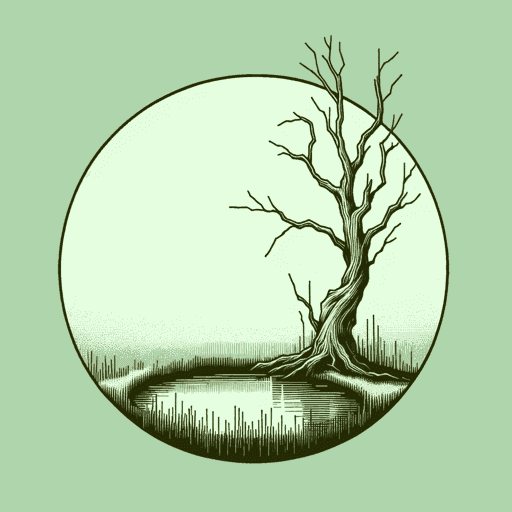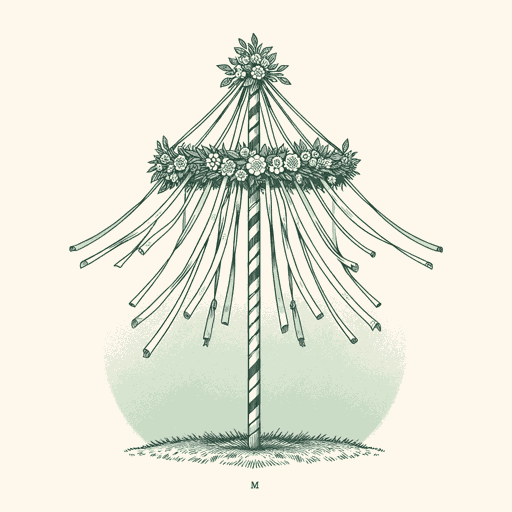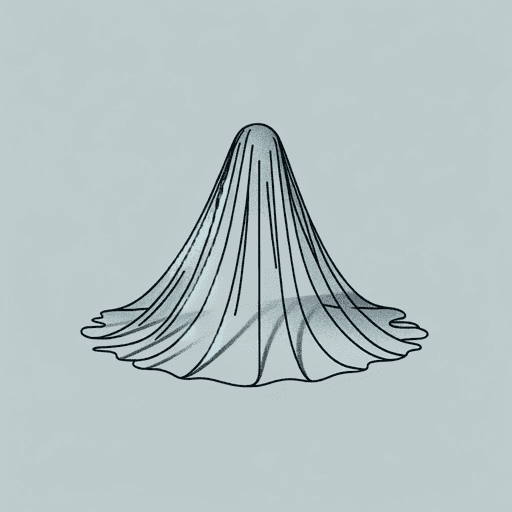30 pages • 1 hour read
The Artist of the Beautiful
A modern alternative to SparkNotes and CliffsNotes, SuperSummary offers high-quality Study Guides with detailed chapter summaries and analysis of major themes, characters, and more.
Story Analysis
Analysis: “The Artist of the Beautiful”
Nathaniel Hawthorne’s works are full of symbolism, metaphors, and allegories. His narratives also examine contemporary issues. Hawthorne (1804–1864) published novels as well as stories in periodicals during his life, many with a moral message. Critics consider his tales part of the dark Romanticism movement, though there are Transcendentalist influences. His family’s background was Puritan; their original last name was Hathorne, but Hawthorne changed his moniker to hide his connection to several recent ancestors who presided over the Salem witch trials.
Hawthorne went to Bowdoin College but was a poor student. He also edited a magazine, served as a weigher and gauger at the Boston Custom House, and began to contribute stories to several publications. He joined a Transcendentalist community to save money, and married Sophia Peabody in 1942. They had three children, and by most accounts the marriage was happy, even if he may have felt his work was not meaningful.
The publication of The Scarlet Letter in 1950 revived Hawthorne’s writing career. His non-writing work, which delved into the political sphere, led to appointments overseas. His contemporaries, friends and neighbors included Herman Melville, Henry David Thoreau, Ralph Waldo Emerson, and President Franklin Pierce.



Related Titles
By Nathaniel Hawthorne















